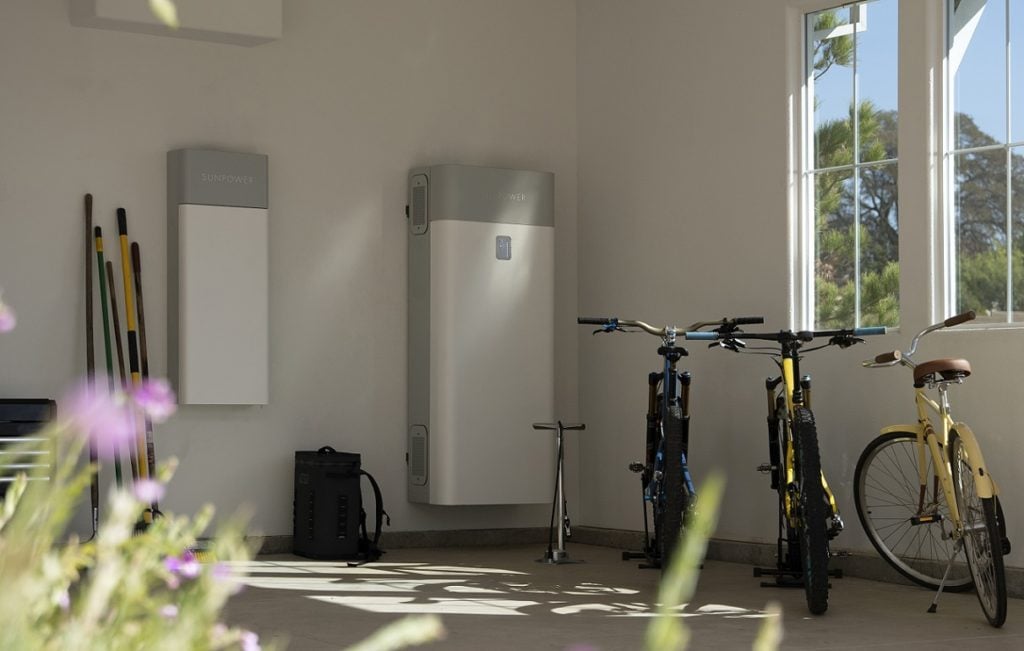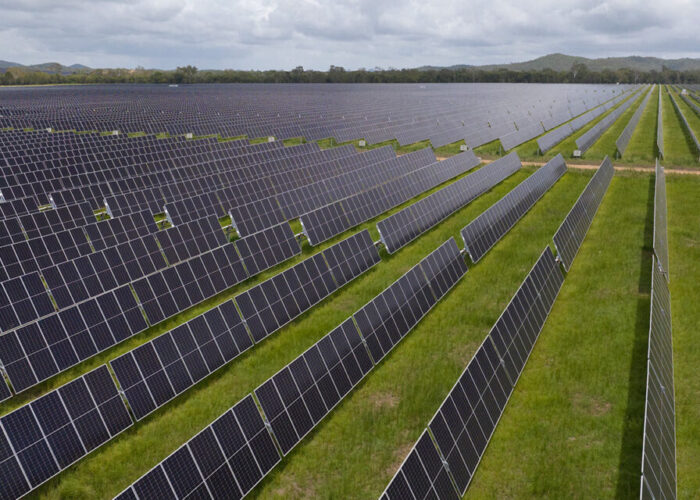
Hit by soaring electricity prices and widespread power outages during a severe cold weather event earlier this year, Texas homeowners have been ramping up rooftop solar and battery storage installs to protect against future blackouts and increase their energy independence.
Winter Storm Uri in February 2021 caused more than 4.5 million people in Texas to lose power – some for as long as four days – as grid operator the Electric Reliability Council of Texas (ERCOT) ordered a total of 20GW of rolling blackouts to prevent grid collapse. This represented the largest manually controlled load shedding event in US history.
Unlock unlimited access for 12 whole months of distinctive global analysis
Photovoltaics International is now included.
- Regular insight and analysis of the industry’s biggest developments
- In-depth interviews with the industry’s leading figures
- Unlimited digital access to the PV Tech Power journal catalogue
- Unlimited digital access to the Photovoltaics International journal catalogue
- Access to more than 1,000 technical papers
- Discounts on Solar Media’s portfolio of events, in-person and virtual
While regulators have recommended that the country’s electricity ecosystem needs to collaborate to prepare to operate under more extreme and longer duration weather events, many in the Lone Star State are taking matters into their own hands.
“Recent storms and grid outages have driven more homeowners to seek affordable, clean energy offerings with added reliability to keep the lights on,” says Wyatt Semanek, a spokesperson at residential solar installer Sunrun, which saw traffic to its website traffic increase 350% following the storm. Its sales teams meanwhile reported a record number of appointments.
Having launched in Texas in 2017, providing solar in the Dallas-Fort Worth and Houston areas, Sunrun responded to Storm Uri by making its Brightbox rechargeable solar battery system available to residents of San Antonio. Some households with the system had more than 50 hours of backup energy during the February freeze, according to Semanek.
Brightbox offers two lithium-ion solar battery storage options, Tesla Powerwall and LG Chem, and Sunrun said earlier this year it expected installations to increase by more than 100% in 2021.
The jump in Texas solar-plus-storage installs comes as regulators warn that the state could be affected by further power cuts this winter if extreme weather strikes. In its 2021–2022 Winter Reliability Assessment, published last month, the North American Electric Reliability Corporation (NERC) said peak demand or generator outages that exceed forecasts – at levels such as those seen in the February storm – “can be expected to cause energy emergencies” in ERCOT this winter.
Whether due to winter storms or summer heatwaves, the US grid’s inability to maintain power through extreme events is spurring anxiety among homeowners, according to a survey carried out earlier this year by solar installer SunPower, with two in five respondents saying they worry about power outages on a monthly basis.
One-third of those considering solar cited high-profile outages as a key reason to start investigating systems for their homes, the research said. Seventy percent of this group plan to include a battery for energy storage in their initial purchase for resilience during outages.
“The magnitude and frequency of extreme weather events like Winter Storm Uri are increasing across the country, and we’re already seeing these events and the resulting power outages have an impact on consumer sentiment,” Nate Coleman, chief products officer at SunPower, tells PV Tech Premium.

In Texas, the use of SunPower’s Design Studio, which allows homeowners to estimate cost savings by installing solar, more than doubled during the winter storm and the following week. Freedom Solar, one of SunPower’s dealers, has seen year-to-date installations in Texas of nearly double what they were in 2020 on a kilowatt basis.
Freedom Solar’s battery attachment rate in Texas also jumped from 10% in 2020 to more than 25% so far this year – and Coleman expects this number to continue rising.
“Qualitatively, we can say there has been increased recognition of the benefits of energy storage,” he says. “As a state that receives large amounts of direct sunlight, homeowners in Texas are still in the early stages of recognising the power of combining solar with storage and exploring its impact on energy independence and resilience.”
Publishing its Q3 results last month, SunPower revealed its SunVault Storage solution is on track for US$100 million bookings run rate in the US by the end of the year.
Despite rooftop solar’s growth potential in Texas, installers have flagged headwinds in the form of regulatory hurdles that both homeowners and companies have to overcome when deploying solar arrays and energy storage systems.
Freedom Solar has previously raised objections to a proposed policy change from Texas utility Pedernales Electric Cooperative that would lead to a 20-25% rate increase for its members that install solar on their homes.
Semanek is calling for Texas authorities to build out and plan for more distributed energy infrastructure that will be able to perform in emergency situations and reduce overreliance on centralised energy generation. Rooftop solar paired with batteries, he says, helps reduce demand and stress on the overall electricity grid, which can further minimise outages or costly infrastructure upgrades – reducing energy costs for all Texans.
As well as its warnings for ERCOT, NERC’s Winter Reliability Assessment said higher demand from more extreme temperatures in the coming months could cause a shortfall in the US Northwest, while energy emergencies can also be expected in the Midcontinent Independent Service Operator (MISO) and the Southwest Power Pool (SPP) if there is another event like the February storm.
Any outages due to extreme weather can be expected to further boost household demand for rooftop solar and battery storage across Texas and beyond. Coleman says: “Extreme weather events are not happening in vacuum, and when extreme weather hits one state, homeowners across the country take on an increased interest in solar power.”







